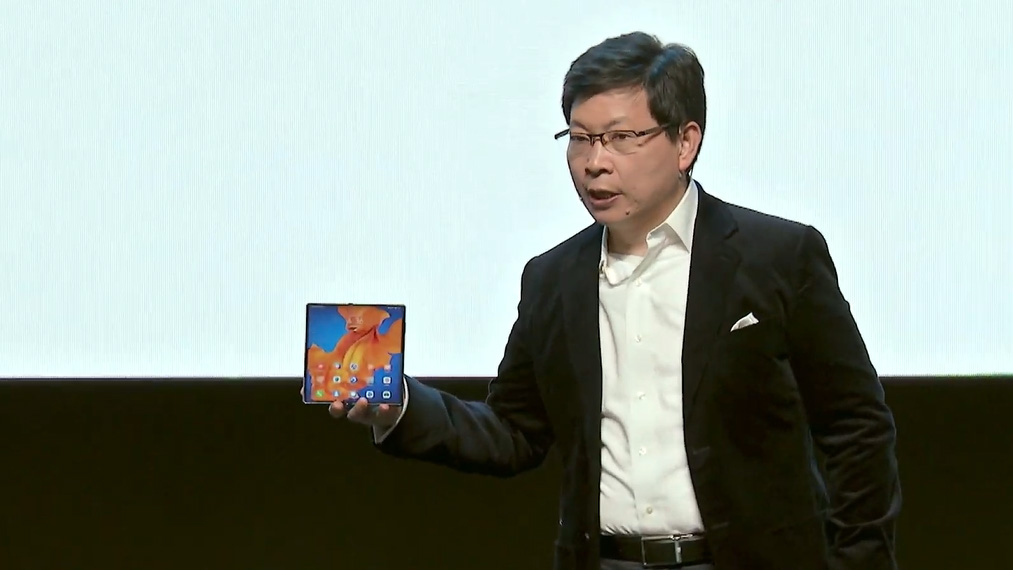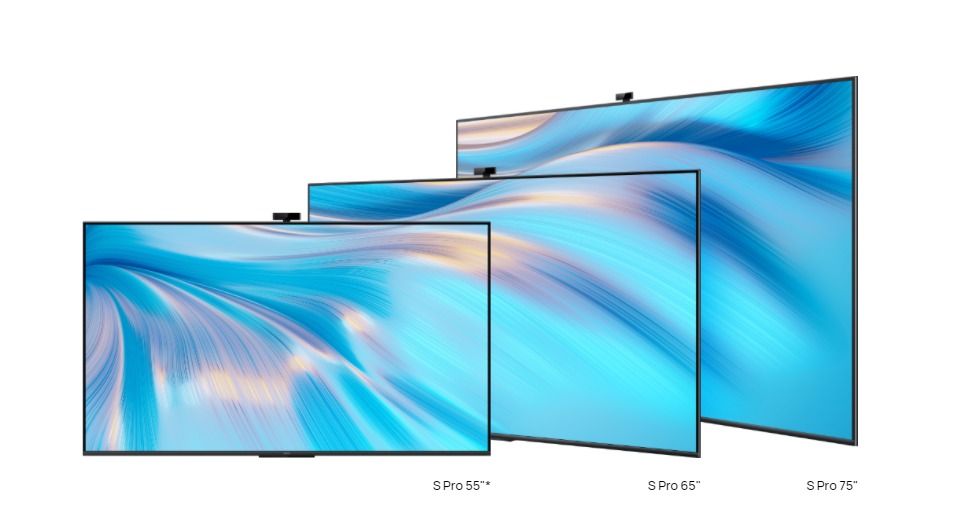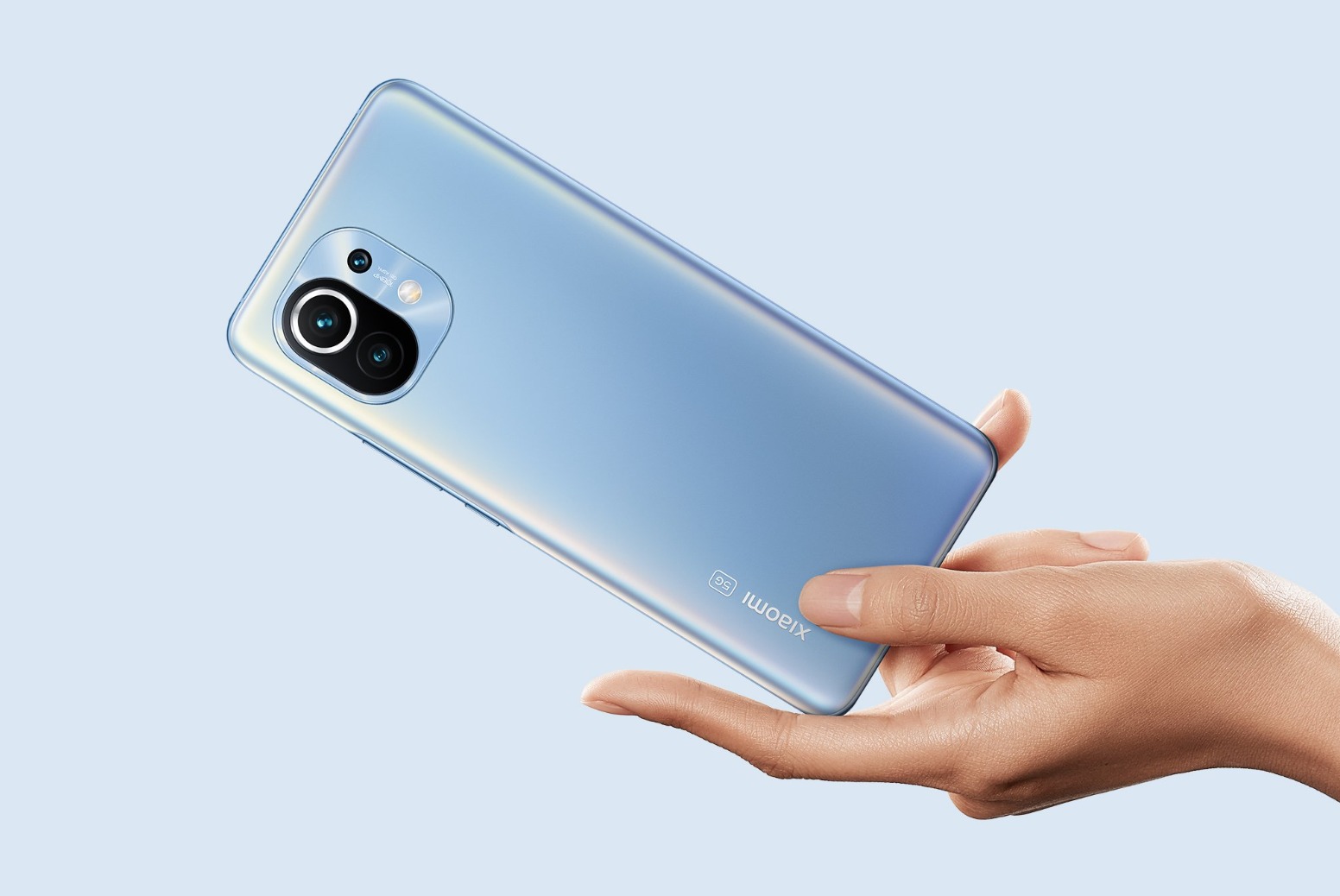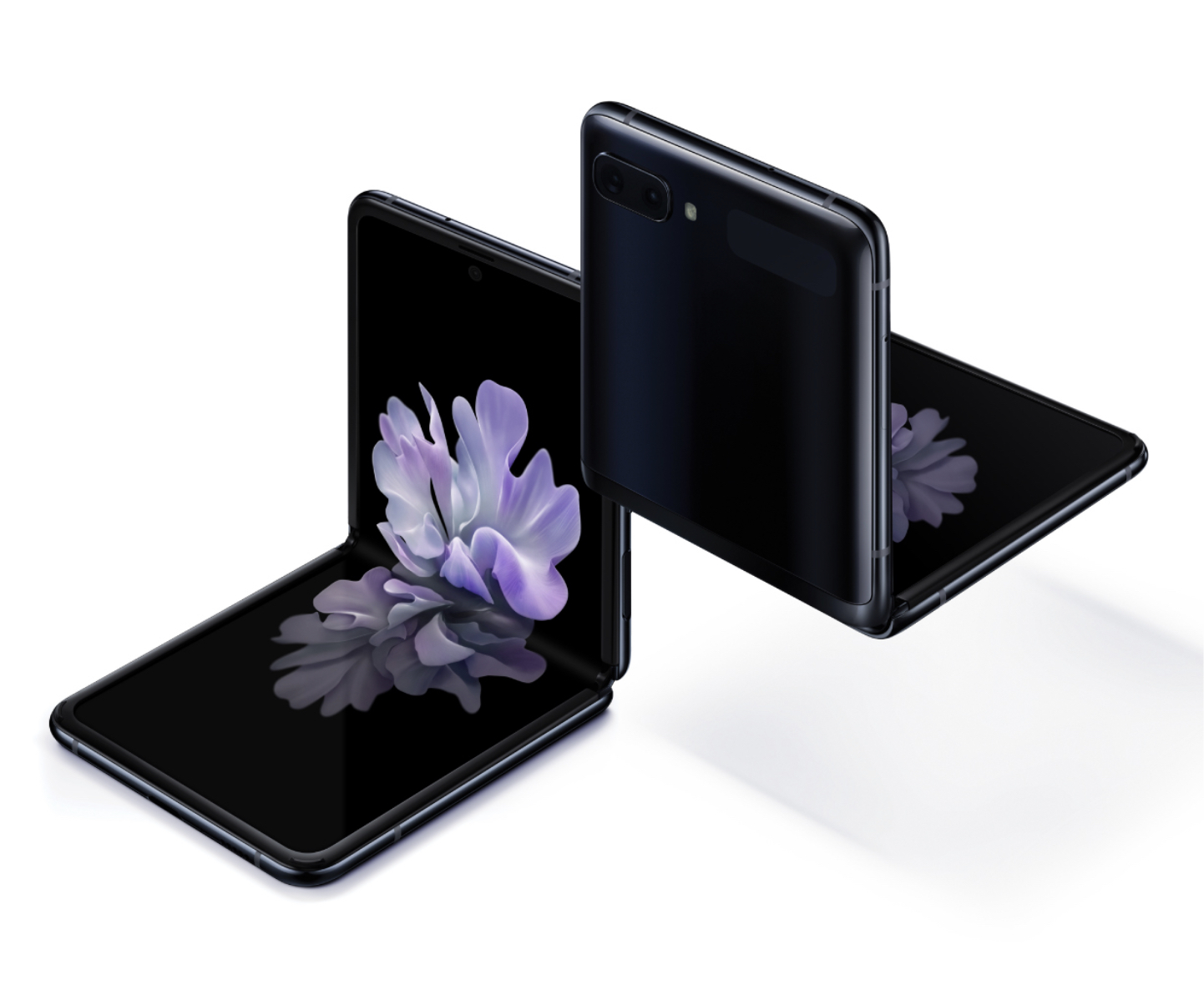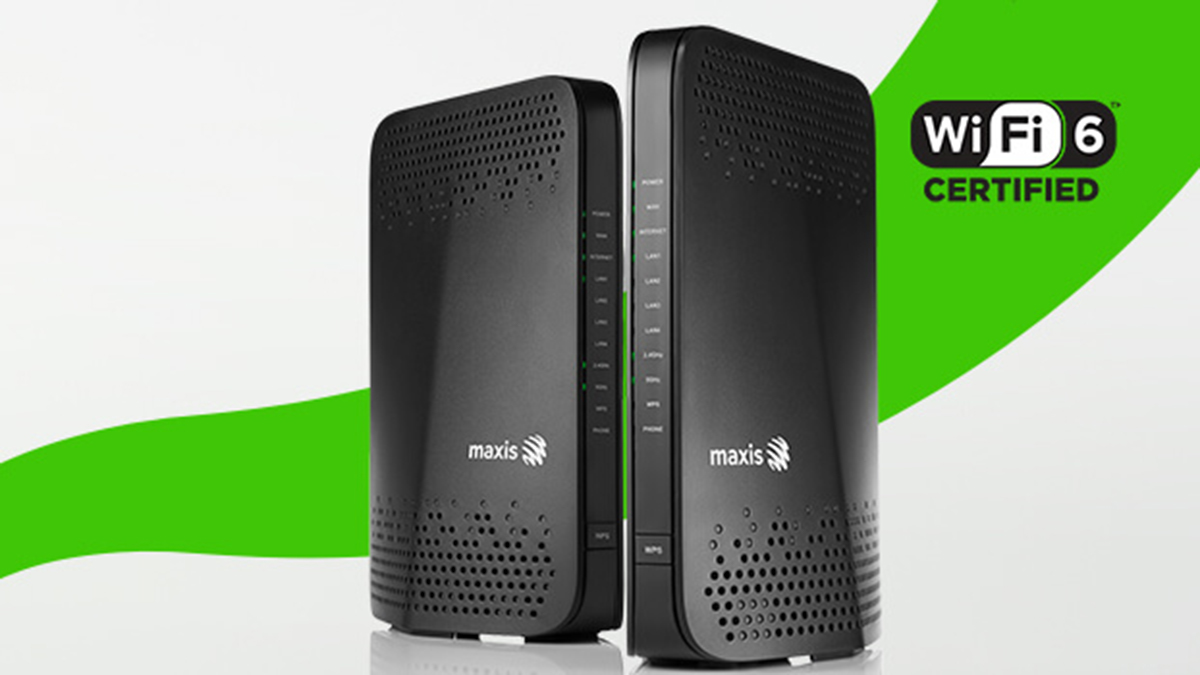Huawei has just taken the wraps off its second foldable smartphone—the Mate Xs in Barcelona. The device improves on its predecessor, but one thing remains unchanged—the earth-shattering price.
As you know, Huawei took a different approach with its first foldable device. While Samsung slapped two displays on its debut Fold, the original Mate X decided on a single flexible display. The Mate Xs doesn’t reinvent the wheel here, settling on the front 6.6-inch “daily drive” display with 2480×1148 pixel resolution (19.5:9 aspect ratio) and 6.38-inch secondary rear display (2480×892 @ 19.5:9 aspect ratio) that folds out to an 8-inch “tablet” with a 2480×2200 pixel resolution and 25:9 aspect ratio. It’s unusual, I give it that, but for those who crave screen real estate, this baby’s got plenty to offer.

Unlike Samsung’s new Galaxy Z Flip, the Mate Xs still uses a plastic foldable OLED display but now has a double-layer optical polyimide for extra durability. Huawei says it’s 80 percent stronger than its single-layered predecessor (and for some odd reason, “3x more expensive than gold”?)

The biggest change is the redesigned falcon-wing hinge that uses over 100 interlocking parts. It feels noticeably more solid thanks to Zirconium-based liquid metal material that’s 30 percent harder than Titanium alloy; certainly less fragile than the previous-gen and substantially better than the Galaxy Fold.
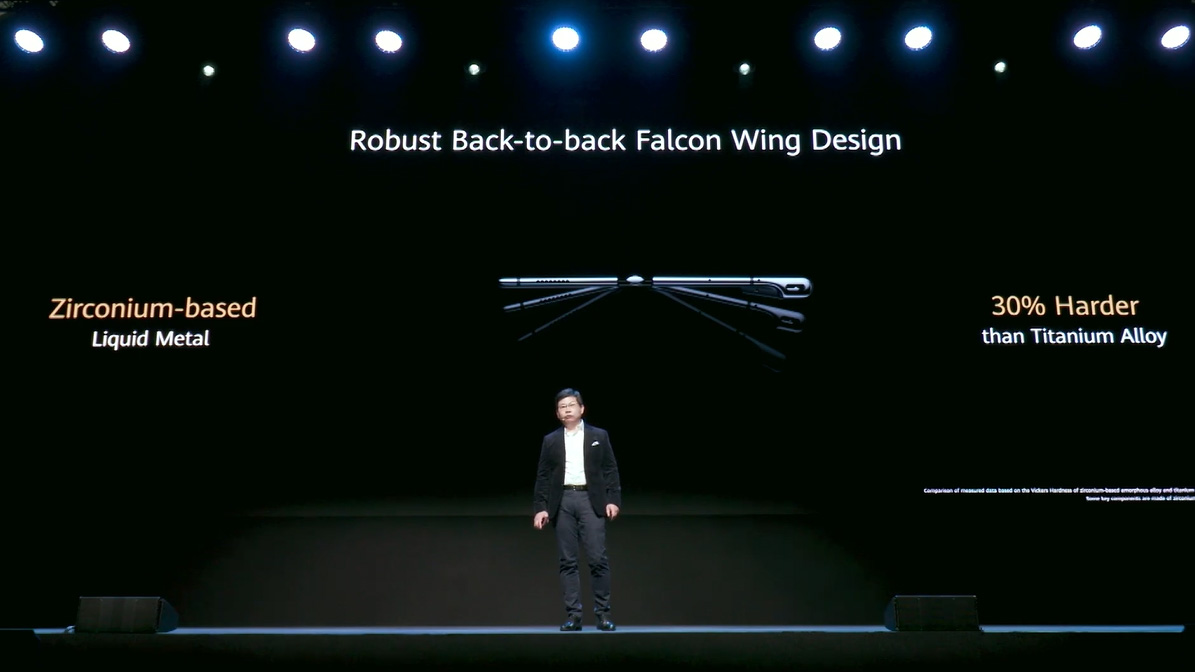
To unfold the screen, you’ll need to press a dedicated button that releases the rear part of the display. It’s quite an unusual mechanism–as with the original, you would need to flip the phone over, press the button to unlock and then unfold the phone, then flip it back to use the expanded display. A little clunky in terms of user experience, but perhaps once you’ve committed to muscle memory, you’ll be able to “feel” the way with your finger to hit the release button without flipping the device over. There’s a noticeable creak when you unfold too but I’m personally not too bothered by this. Once unfolded, the device looks and feels slim, as the device’s weight better distributes across the entire display with the bulbous spine acting as a fulcrum.
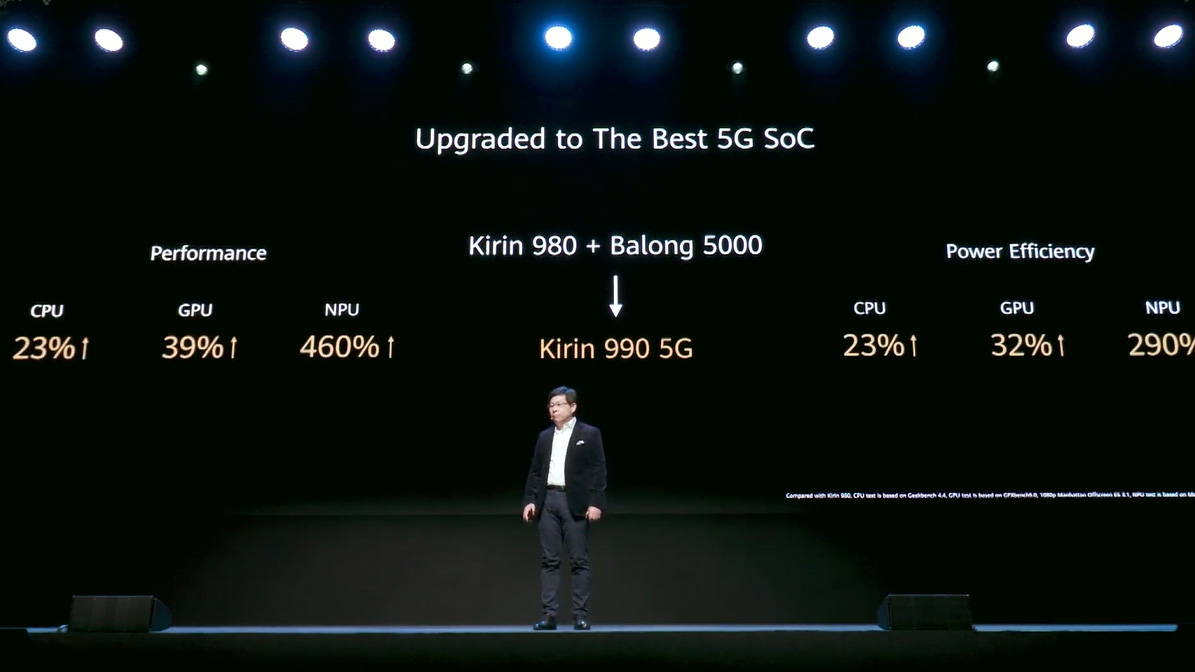
Under the hood, the Mate Xs features the latest and greatest silicon from Huawei—the Kirin 990 5G that also powers the Mate 30 Pro 5G. It’s stuffed with 8GB of RAM and 512GB of onboard storage.

Huawei takes pride that the Mate Xs offers the widest worldwide 5G band support including both SA (Standalone) and NSA (Non-Standalone) bands.
The camera system is vividly familiar—carried over from the Mate 30 Pro series. This means you get the Leica co-developed 40MP f/1.8 main camera, an 8MP f/2.4 telephoto shooter (3x optical zoom, OIS), a 16MP ultra-wide-angle camera and a 3D depth-sensing camera. The camera also features OIS and AI-assisted electronic image stabilisation.

The Mate Xs doesn’t have a selfie camera and instead it uses the rear cameras. This means you’ll have to use it in its folded form in order to have access to the rear secondary display to preview your selfie.
Keeping things juiced is the same 4,500mAh cell as its predecessor. That said, Huawei claims the Mate Xs will deliver 21 percent better battery life, thanks to the more efficient Kirin 990 5G chipset. It also comes with 55W SuperCharge fast-charging that can get you from 0-85 percent charge in just 30 minutes.

In the software stakes, the Mate Xs runs Android 10 out-of-the-box with EMUI 10 on top. Huawei has introduced a new seamless multi-window, multi-tasking interface that’s pretty neat. It reminds me of how multi-windowing works with iOS 13 on the iPad. Similarly, you can run two apps side-by-side with an additional floating window for the third app.
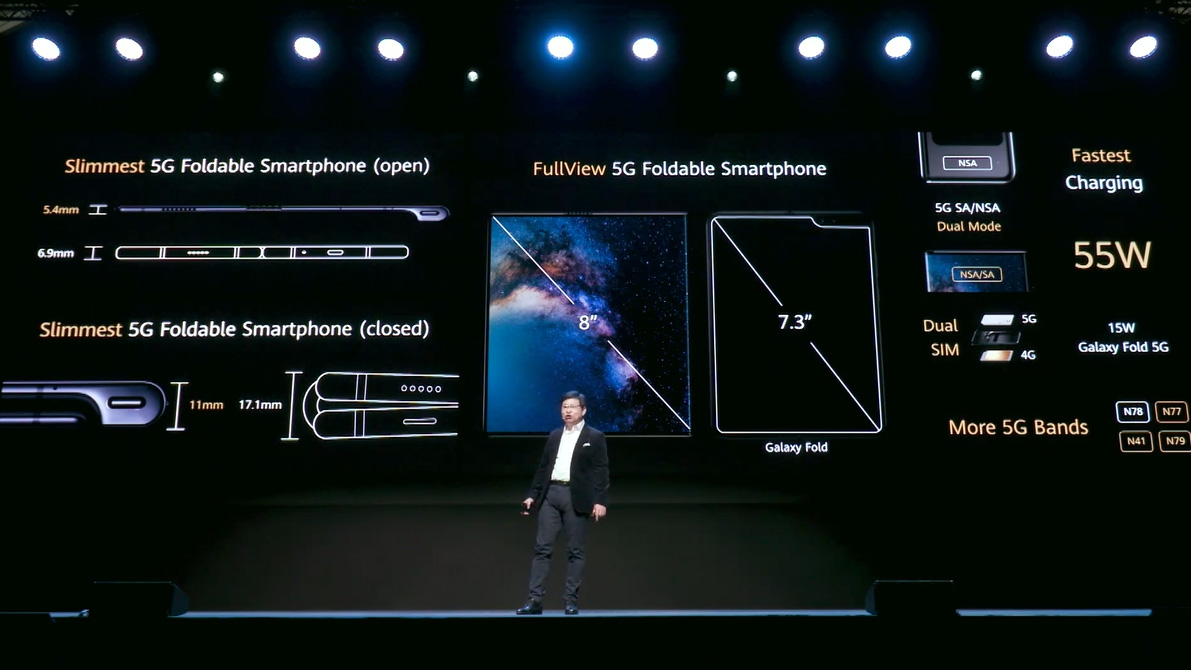
Are you willing to ride the storm?
Now, finally, to address the elephant in the room. Thanks to the US trade ban, the Mate Xs does not run Google Mobile Services (GMS) and instead runs Huawei Mobile Services (HMS) and Huawei’s proprietary AppGallery. It’s an unfortunate position to be in, but truth be told, Huawei is working incredibly hard to expand the line-up of Android apps in its curated app store.

The company continues to aggressively push developers to get onboard, dangling golden carrots as an incentive and also making it easy to port apps with APIs and development kits. So easy in fact, some developers are able to port apps in as quickly as two hours, Huawei says. Already, many popular apps including familiar local ones like Grab, Touch ‘n Go, dahmakan, iflix, and WhatsApp have made the jump. That said, the journey is long and hard. And for users who depend on Google services and apps, it won’t be straightforward. Yes, there are web alternatives and *ahem* other well-documented workarounds, but they’re far from elegant and may also pose security risks.

One thing is for certain, Huawei is ploughing resources to make this work, and specifically for the Mate Xs, the company has worked closely with developers to fully take advantage of the Mate Xs’ unique form factor. The popular battle-royale-style game PUBG is a testament of the unique experience the Mate Xs can offer to users.
Here’s hoping that the US trade ban doesn’t stick forever. That being said, Huawei’s Plan B is going full swing. Are you willing to ride this out? That’s also if you have deep enough pockets.

Pricing and availability
The Huawei Mate Xs is priced at EUR2,499 (~MYR11,332) and is expected to hit Malaysian shores from 20 March 2020.


